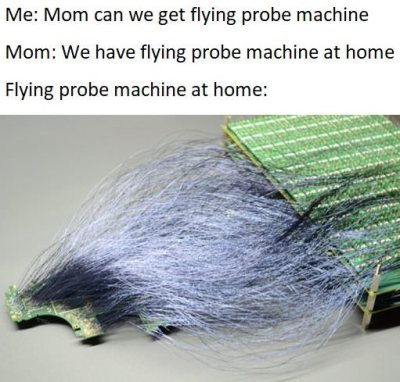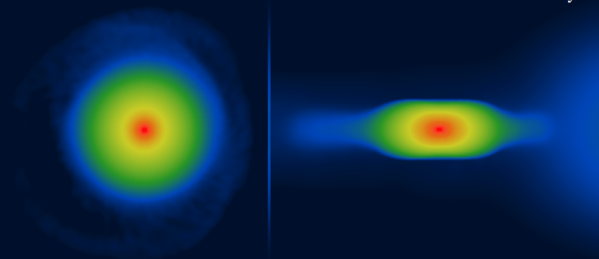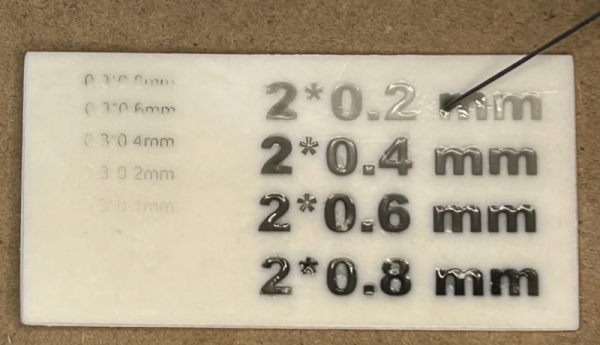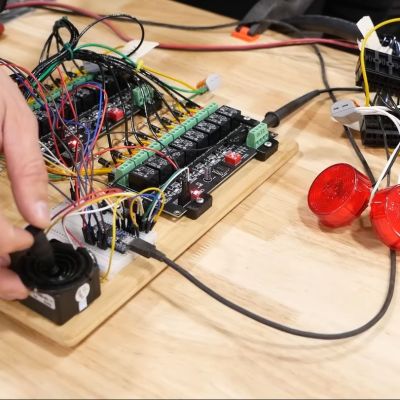Stereo photography has been around for almost as long as photography itself, and it remains a popular way to capture a scene in its 3D glory. Yet despite the fact that pretty much everyone carries one or more cameras with them every day in the form of a smartphone, carrying a stereo photography-capable system with you remains tricky. As [Pascal Martiné] explains in a How-To article, although you can take two smartphones with you, syncing up both cameras to get a stereo image isn’t so straightforward, even though this is essential if you want to prevent jarring shifts between the left and right image.

Fortunately, having two of the exact same smartphone with the exact same camera modules is not an absolute requirement, as apps like i3DStereoid offer auto-adjustments. But activating the camera trigger on each phone is essential. The usual assortment of wireless remote triggers don’t work well here, and the twin-pairing in i3DStereoid had too much delay for dynamic scenes. This left the wired remote trigger option, but with a dearth of existing stereo trigger options [Pascal] was forced to make his own for two iPhones out of Apple Lightning cables and wired earbud volume controls.
Although the initial prototype more or less worked, [Pascal] found that each iPhone would often ‘decide’ to release the trigger at a slightly different time, requiring multiple attempts at the perfect shot. This led him down a rabbit hole of investigating different camera apps and configurations to make shutter delay as deterministic as possible. Much of this turned out to be due to auto exposure and auto focus, with enabling AE/AF lock drastically increasing the success rate, though this has to be done manually before each shot as an extra step.
With this one tweak, he found that most of the stereo photo pairs are now perfectly synced, while occasionally there is about a ~3 ms jitter, the cause of which he hasn’t tracked down yet, but which could be due to the camera app or iOS being busy with something else.
In the end, this iPhone-based stereo photography setup might not be as reliable or capable as some of the purpose-built rigs we’ve covered over the years, but it does get extra points for portability.






















